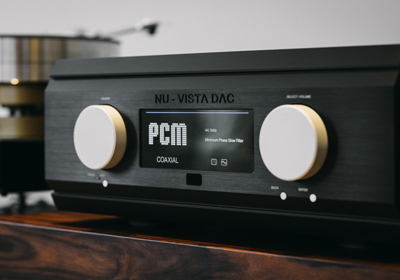The continuing trend of products that are not designed to be serviced at all.
I have just read Greg Borrowman’s editorial in the July/August issue of Australian Hi-Fi. Under the banner of ‘Built to Fail’ Greg is lamenting the continued use of materials during manufacture that are known to be problematic. While I should point out that this criticism can only be leveled at a handful of companies, this is an issue that we are also well aware of, and I am surprised that in this day and age reputable companies continue down this path.
…if I buy something of quality, I expect it to last and be supported for a long time.
Closely related, and something that really gets under my skin, is that an increasing number of companies do not carry spare parts for an extended period. I find it offensive that consumers are expected to throw away perfectly good equipment because it is (say) three years old due to parts no longer being available. This may be a reflection of my age but if I buy something of quality, I expect it to last and be supported for a long time. I know I have whinged about this before, but the problem appears to be getting worse.
There is also an increasing trend among manufacturers to develop products that are not designed to be serviced at all. If these products fail during warranty they are simply replaced. If they fail outside of warranty (in many cases 1 year) you throw it away and start again. While you may argue that this is acceptable on economic grounds for items such as toasters or electric jugs (with the cost of repair outweighing the cost of replacement) this policy is creeping into products costing thousands of $’s.
Late last year the European Union introduced legislation mandating that for certain categories of household products (and we understand that the category list is to be expanded) that:
- Parts remain available for at least 7 years (and in some cases 10) from the time the product was last sold.
- These parts are to be deliverable within 15 days of order.
- That the parts can be replaced with commonly available tools.
- Service and maintenance information is to be made readily available to service technicians.
This is a far cry from what we are currently experiencing in our market.
Under Australian Consumer Law any product sold must come with a manufacturers warranty. It also comes with an implied warranty which may extend beyond the terms of the manufacturers warranty. This is a very grey and ill-defined area with the official wording being ‘Statutory rights are not limited to a set time period. Instead, they apply for the amount of time that is reasonable to expect, given the cost and quality of the item’. This is not something that is easily challenged, and to be honest most companies are accommodating when it is contested. However I cannot help but suspect that these companies feel that it is more economical to pay out the occasional claim than it is to warehouse spare-parts for an extended period (shades of the Ford Pinto where Ford estimated it would cost $121M to fix an issue causing fuel tanks to explode compared to an estimated $50M in payouts if they didn’t fix the problem – the bean counters won the argument with tragic consequences).
Hopefully one consequence of manufacturers being forced to retain spare parts for a mandated period would be longer life cycles for products. The current policy of changing models every 9-12 months from some manufacturers, particularly in the AV market, while good for business, is unsustainable in the long-run.




